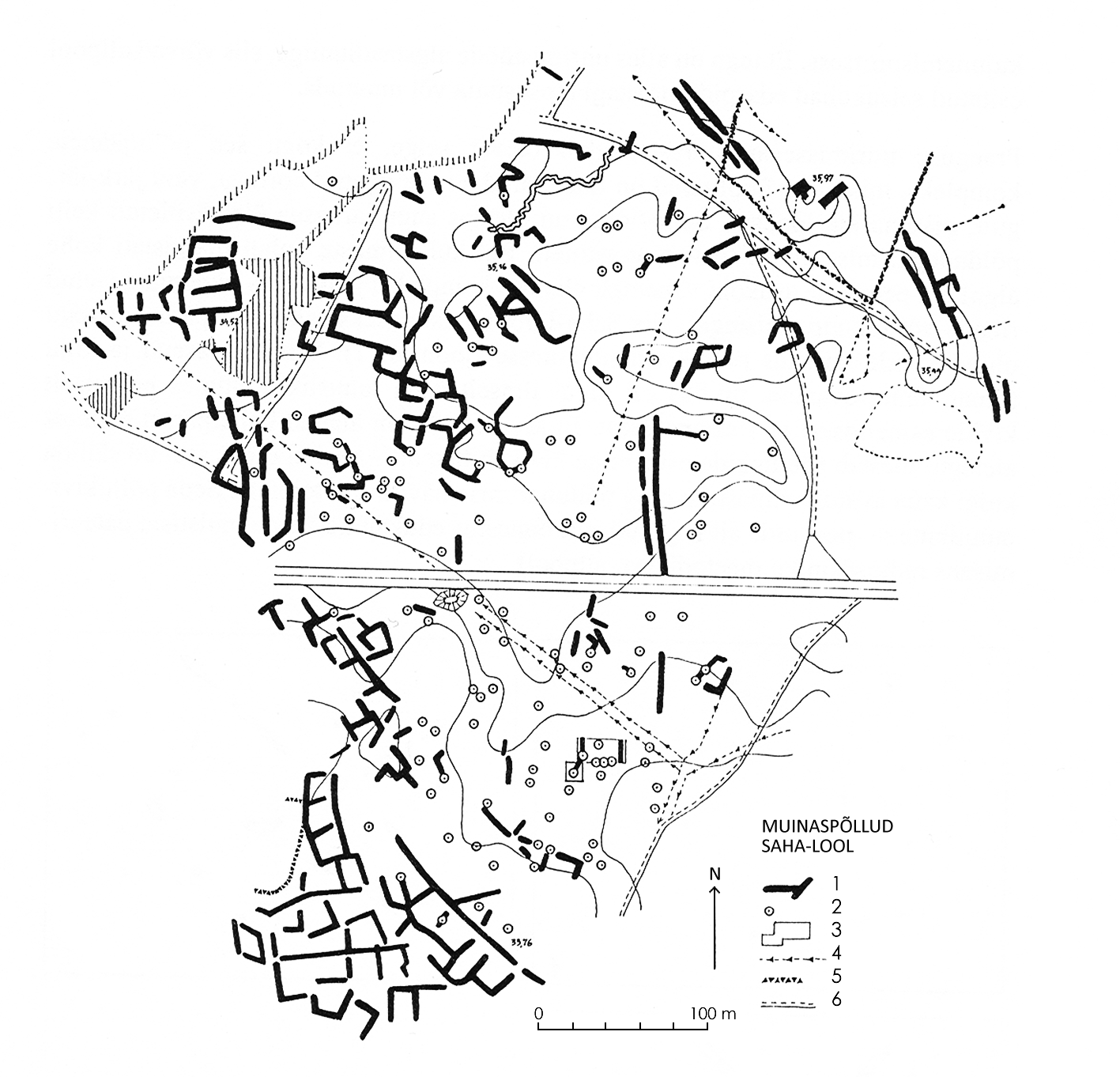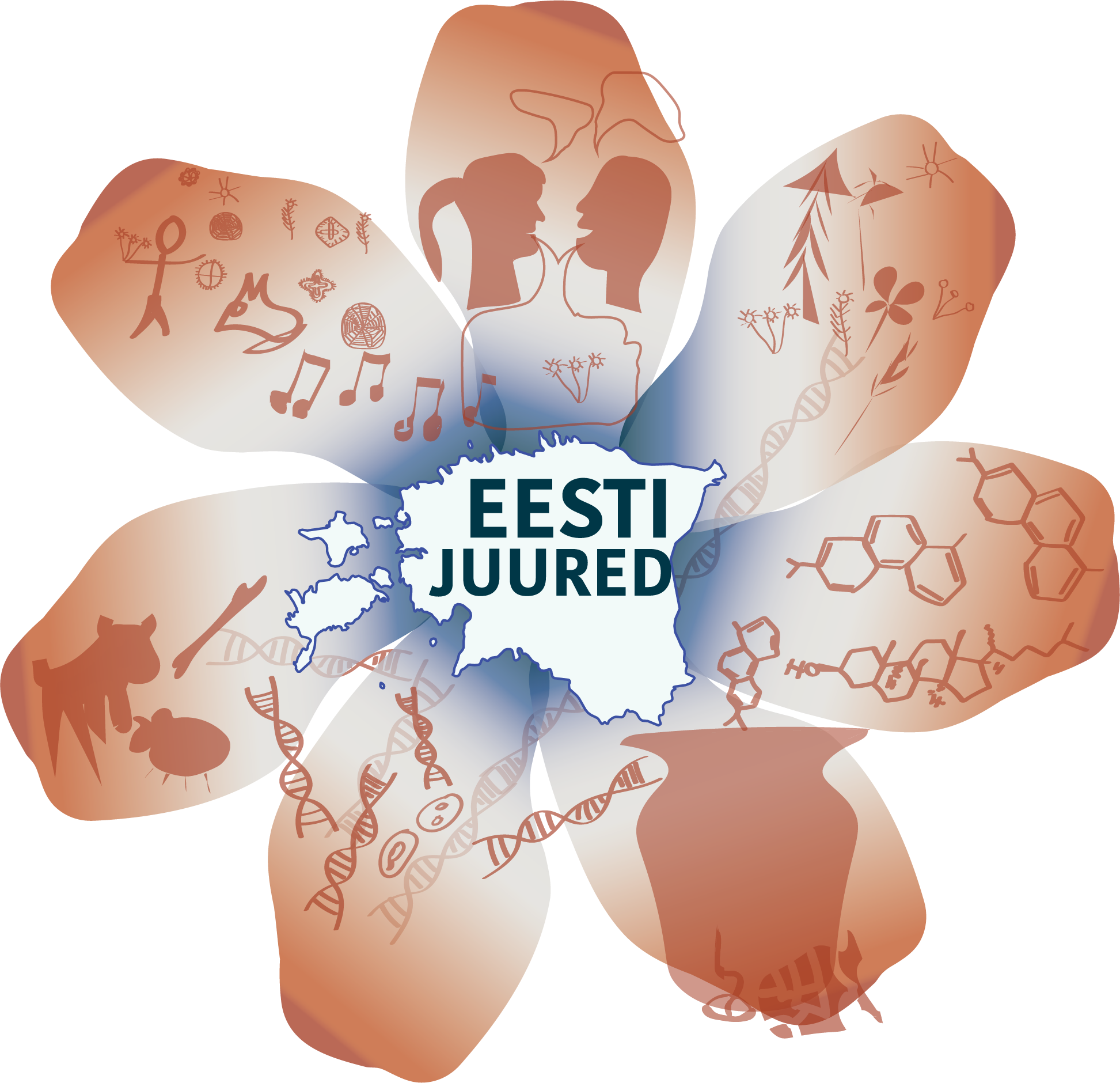When did the construction of stone barrows (Estonian 'hiiukerised') along the Finnish coastlines begin, is not known for certain, although so far the oldest grave goods found in them belong to the second period of the Nordic Bronze Age (1500-1300 BC). Such graves were built throughout the entire Bronze Age as well as during the older Iron Age. Whereas the Bronze Age graves are larger, contain more often chests and ringwalls, and are located on higher cliff edges, the later graves are smaller, more often without constructions and located on lower hillsides.
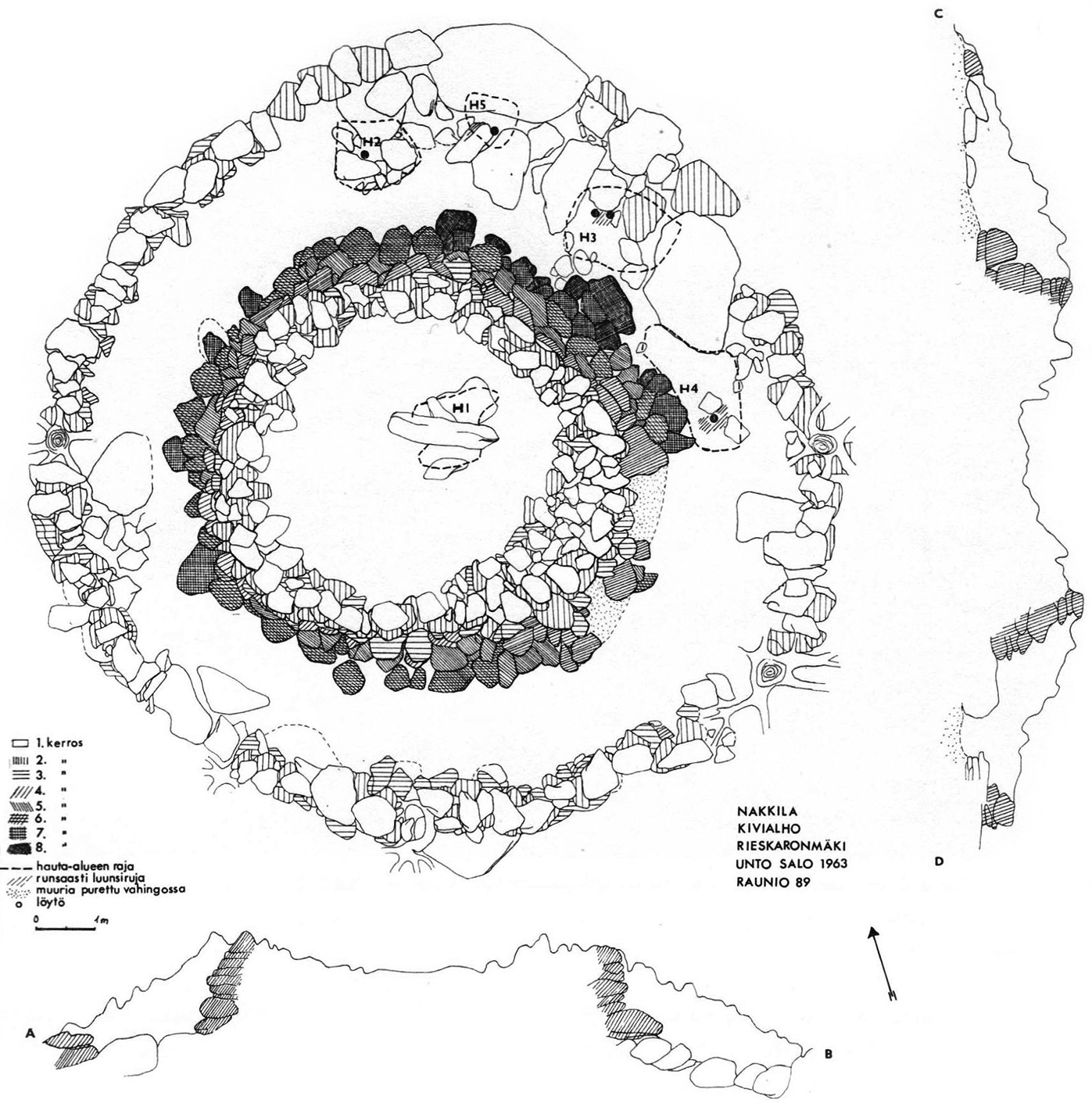
The chronology of the Estonian stone-cist graves has been clarified the best, due to the numerous radio carbon datings of the bone remains of the people buried in the graves. The oldest datings fall in between the period ca. 1300-1100 and 1200-1100 BC (Muuksi, Jõelähtme, Tõugu). The construction of new stone-cist graves most likely ended before 400 BC, although many of them were used for burials also during later centuries, at times until the Middle Ages. A certain change in the tradition of stone-cist grave burials seems to have taken place during the 10th-9th centuries BC, when also ceramics began to be put in the graves. At the end of the stone-cist grave period, a feature appears in their construction that is apparently taken over from the tradition of the early tarand graves: the placement of new grave goods (chests, half-circles) in addition to the prior ones. Whereas the stone-cist graves of North Latvia, based on datings so far, seem to belong only to the late Bronze Age, 8th-6th centuries BC, the Reznes type mounds began to be used for burials already in the 14th-13th centuries BC, lasting to the end of the Bronze Age.
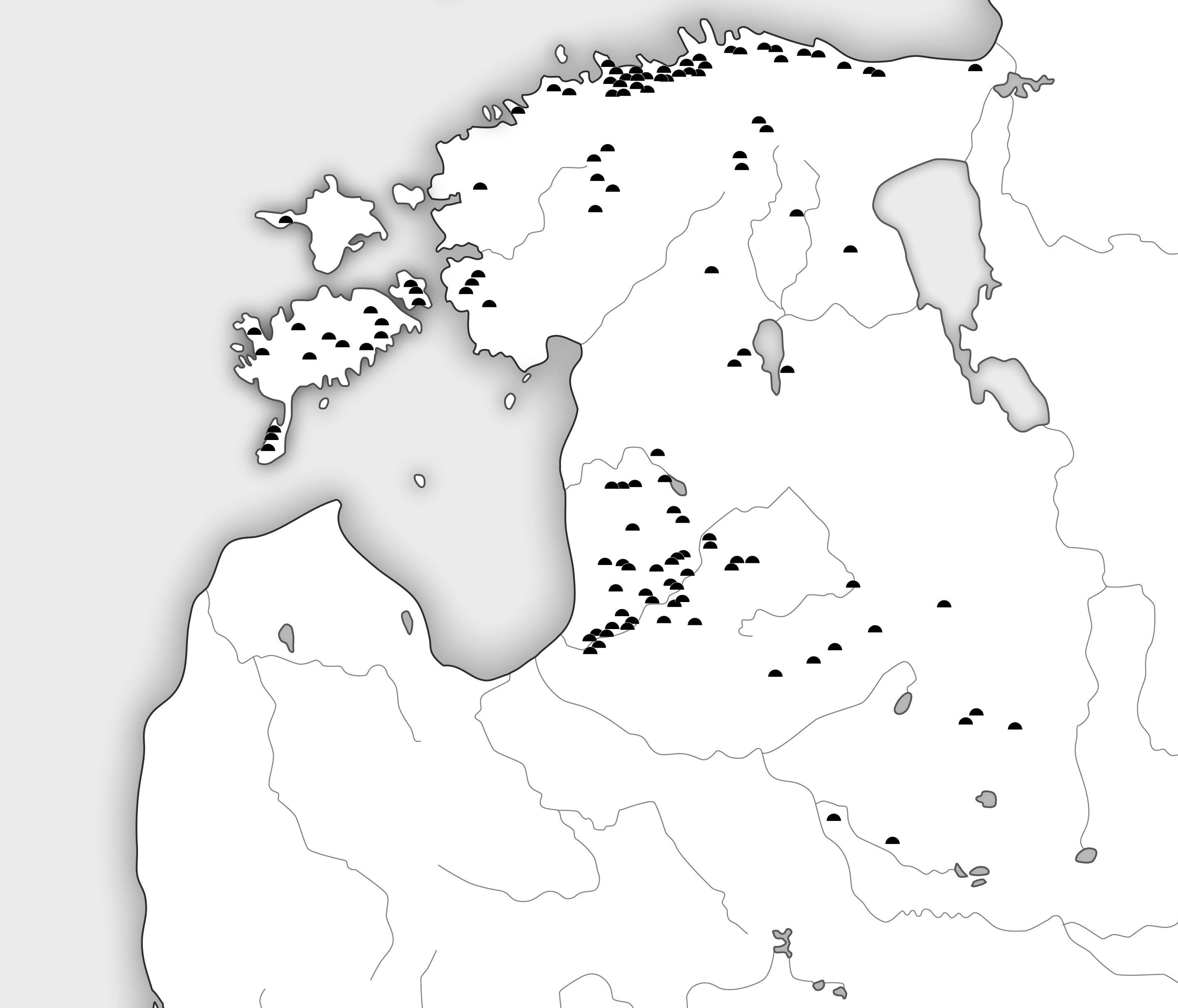
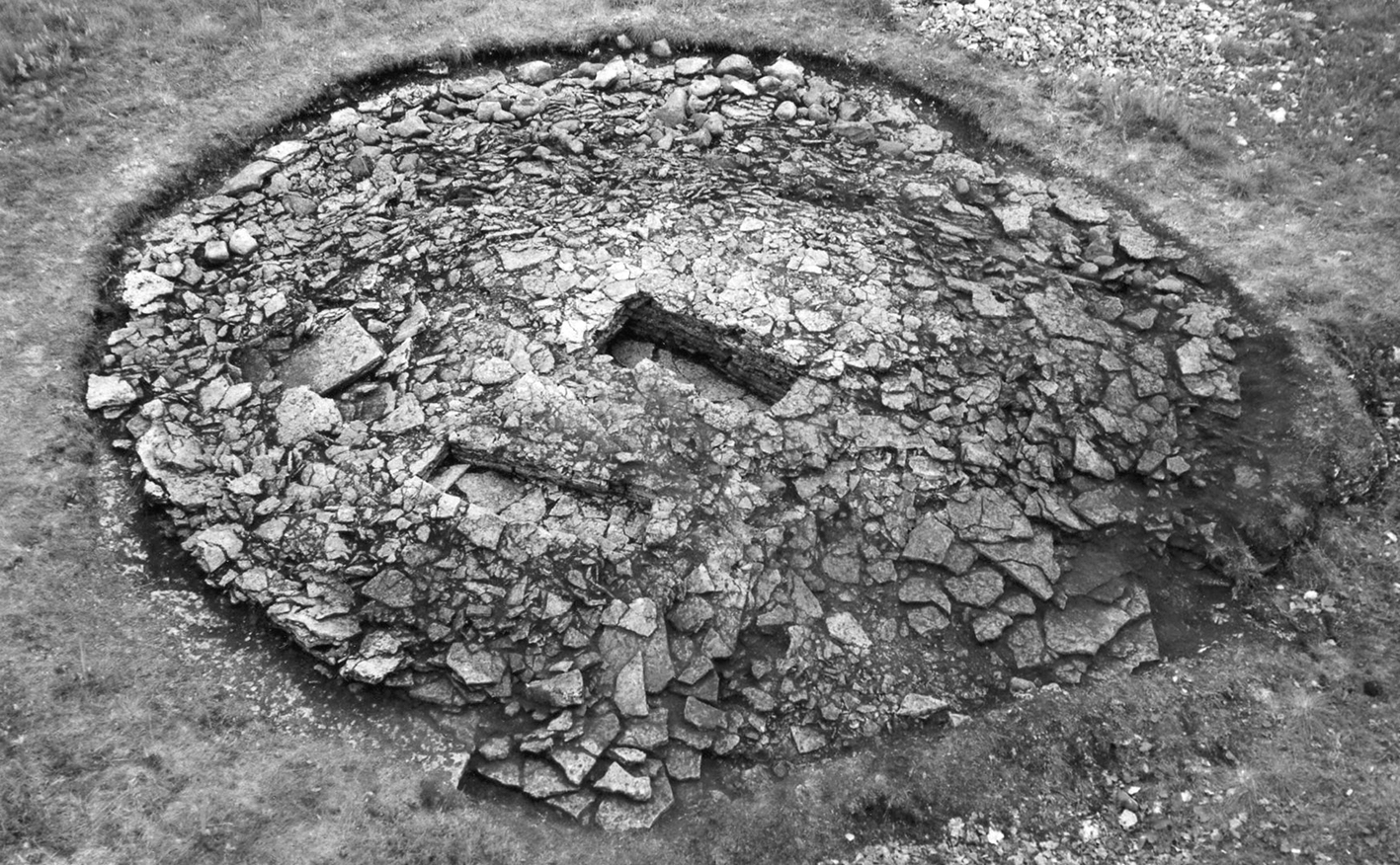
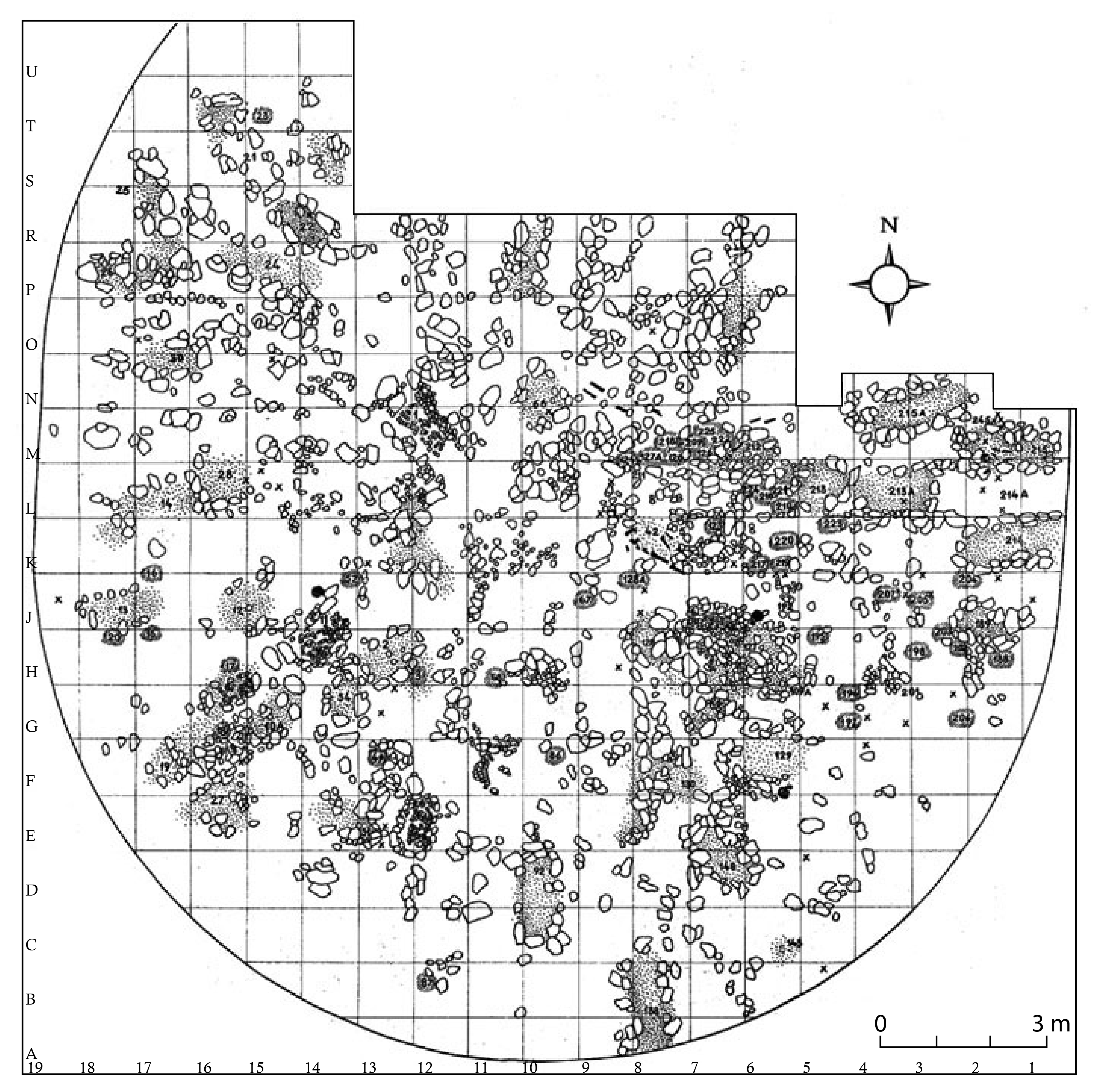
Based on numerous radio carbon datings, also the chronology of the stone ships has been found out. All datings originating from Gotland, Åland, Courland and Saaremaa fall within the time period 1300-500 BC, although excluding some extremes to the period 1200-750 BC. The stone ships of Courland belong to the first half of this period, those of Åland to the 11th-10th centuries BC, and the Lülle graves in Saaremaa to the 9th-6th centuries BC. Stone ships remained a short-lasting and distinct burial custom on the eastern shores of the Baltic Sea.
The oldest datings so far of the Celtic fields (Estonian 'kamberpõld') near Tallinn in Loo and Saha-Loo belong (excluding everything prior) to the timespan of ca. 1400-1150 BC. Proosa fields originate only from the beginning of the pre-Roman Iron Age, and those of Rebala even still from the end of that period.
There are no datings of the cup marked stones, more precisely of the cup carvings on the stones, that are founded on methods of natural sciences.
